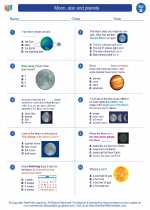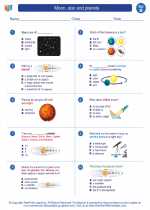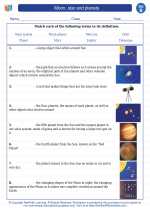Thunderstorms
Thunderstorms are powerful weather phenomena characterized by lightning, thunder, heavy rain, and in some cases, hail or strong winds. They are caused by the rapid upward movement of warm, moist air that cools and condenses, forming cumulonimbus clouds. Thunderstorms are most common in the spring and summer months and can occur anywhere in the world.
Formation of Thunderstorms
Thunderstorms form when warm, moist air rises rapidly due to heating from the sun or the presence of a weather front. As the air rises, it cools and condenses, forming cumulonimbus clouds. Within these clouds, strong updrafts and downdrafts lead to the development of lightning, thunder, and precipitation.
Key Components of Thunderstorms
- Lightning: The electrical discharge that occurs within a thunderstorm, often accompanied by bright flashes and loud thunder.
- Thunder: The sound produced by the rapid expansion and contraction of air surrounding a lightning bolt.
- Heavy Rain: Intense and localized precipitation that can lead to flash flooding.
- Hail: Round pellets of ice that form within strong thunderstorms and can cause damage to property and crops.
- Strong Winds: Gusts of wind associated with thunderstorms, which can reach high speeds and cause damage.
Safety Precautions during Thunderstorms
It's important to take precautions during thunderstorms to ensure personal safety. Here are some key safety tips:
- Seek shelter indoors if possible, away from windows and doors.
- Avoid using electrical appliances and plumbing fixtures during a thunderstorm to reduce the risk of electric shock.
- Avoid open fields, high ground, and bodies of water as these are prime locations for lightning strikes.
- If caught outdoors, seek shelter in a sturdy building or inside a hard-topped metal vehicle.
- Wait at least 30 minutes after the last clap of thunder before resuming outdoor activities.
Study Guide
To further understand thunderstorms, consider studying the following topics:
- Types of Thunderstorms: Learn about different types of thunderstorms, such as supercell thunderstorms and squall line thunderstorms.
- Thunderstorm Formation: Explore the processes involved in the formation of thunderstorms, including the role of instability and moisture in the atmosphere.
- Thunderstorm Hazards: Investigate the potential hazards associated with thunderstorms, such as lightning, hail, and flash flooding.
- Thunderstorm Safety: Review safety precautions and emergency procedures for dealing with thunderstorms, both indoors and outdoors.
- Impact of Thunderstorms: Research the impact of thunderstorms on the environment, agriculture, and human communities.
By studying these topics, you can gain a deeper understanding of thunderstorms and their significance in the Earth's atmosphere.
.◂Science Worksheets and Study Guides Second Grade. Moon, star and planets

 Activity Lesson
Activity Lesson
 Worksheet/Answer key
Worksheet/Answer key
 Worksheet/Answer key
Worksheet/Answer key
 Worksheet/Answer key
Worksheet/Answer key
 Vocabulary/Answer key
Vocabulary/Answer key
 Vocabulary/Answer key
Vocabulary/Answer key
